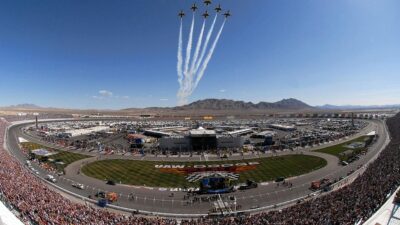In the high-octane world of motorsport, where split-second decisions can determine the fate of a race, the significance of a well-executed pit stop cannot be overstated. Twice, thrice, or even more during a single race, drivers veer into the pits not only to refuel but to change tires, make adjustments, and sometimes even get crucial advice from their crew. This article takes a closer look at the intricate dance of strategy, teamwork, and technology that defines pit stop precision.
The Anatomy of a Pit Stop
At its core, a pit stop is a carefully choreographed routine that requires immense coordination and skill. Mechanics, engineers, and strategists must work in perfect harmony to ensure that each pit stop is executed flawlessly. A typical pit stop might last anywhere from 2 to 12 seconds, depending on the type of racing and the number of services being performed.
Components of a Successful Pit Stop
-
Preparation: Prior to the race, teams must meticulously plan for potential scenarios, such as weather changes, tire wear, and fuel needs. This preparatory work informs the strategy that will dictate how often and when a car will pit.
-
Communication: Instantaneous communication between the driver and the pit crew is critical. Drivers are equipped with radios to relay information about the car’s performance and gauge real-time feedback from the team on upcoming strategies.
-
Role Specialization: Each member of the pit crew has a specific role, from tire changers to jack operators. The differentiation of tasks ensures maximum efficiency during the fleeting moments the car is in the pits.
- Technology and Equipment: Advances in technology have revolutionized pit stops. Automated jacks and tire guns allow for rapid changes that were once reliant on human strength and dexterity alone. Real-time analytics help teams make instantaneous decisions based on the conditions of the race.
The Strategy Behind the Stop
The strategy that governs pit stops is as intricate as the race itself. Teams must take into account various factors, including tire types, fuel loads, and the behavior of competitors.
Tire Strategies
In racing, tires are pivotal—different compounds and tread patterns affect grip and speed. Strategists analyze track conditions, weather forecasts, and tire degradation rates to determine when to swap tires. The right choice can make the difference between victory and defeat.
Fuel Calculations
Fuel load impacts the car’s weight and performance. Teams must carefully plan how much fuel to carry into the race, and when to refill. An early pit stop may sacrifice track position but optimize speed later, while holding out on a pit stop can be risky if fuel runs low.
Competitor Monitoring
Understanding competitors’ strategies plays a vital role in successful pit management. Teams need to keep a close eye on when rival drivers pit and make adjustments to their strategy based on these movements.
The Role of the Driver
While the pit crew performs their duties, the driver’s role is equally vital. Drivers must maintain focus and speed through the last portion of the track to minimize overall time lost during the pit stop. Additionally, effective communication—such as alerting the crew to any damage to the car—ensures that any immediate repairs are addressed promptly.
Beyond Mechanics: The Psychological Edge
The relentless pressure of executing a quick and precise pit stop extends beyond just mechanics and strategy. Stress can mount when facing fierce competition. The best teams thrive under this pressure, employing psychological techniques to maintain composure during the race. Mental fortitude ensures that every member remains focused, allowing for high-level performance when it matters most.
The Evolution of Pit Stops
Pit stops have evolved significantly over the years. Early racing required little more than a quick refueling and tire change, but today’s races demand intricate strategy and fast execution. With the introduction of hybrid technology and advanced analytics, teams are equipped to utilize data like never before, forecasting scenarios that can significantly impact a race’s outcome.
Conclusion
In the heart-pounding world of racing, the precision of a pit stop is a testament to the collaboration of elements that drive a team toward victory. It is a confluence of strategy, skill, and on-the-fly adjustment, where every fraction of a second counts. As motorsport evolves, the art and science of pit stops will continue to adapt, pushing the envelope of what is possible in the thrilling arena of auto racing. For enthusiasts and athletes alike, there is no denying that within those brief moments of chaos lies the essence of what makes racing so profoundly captivating.



